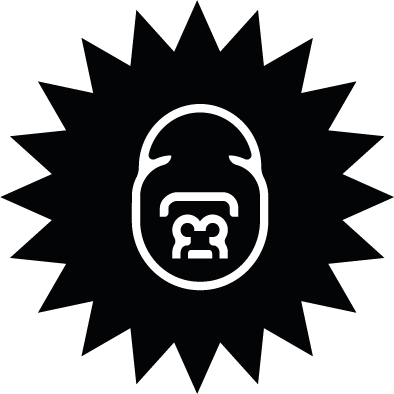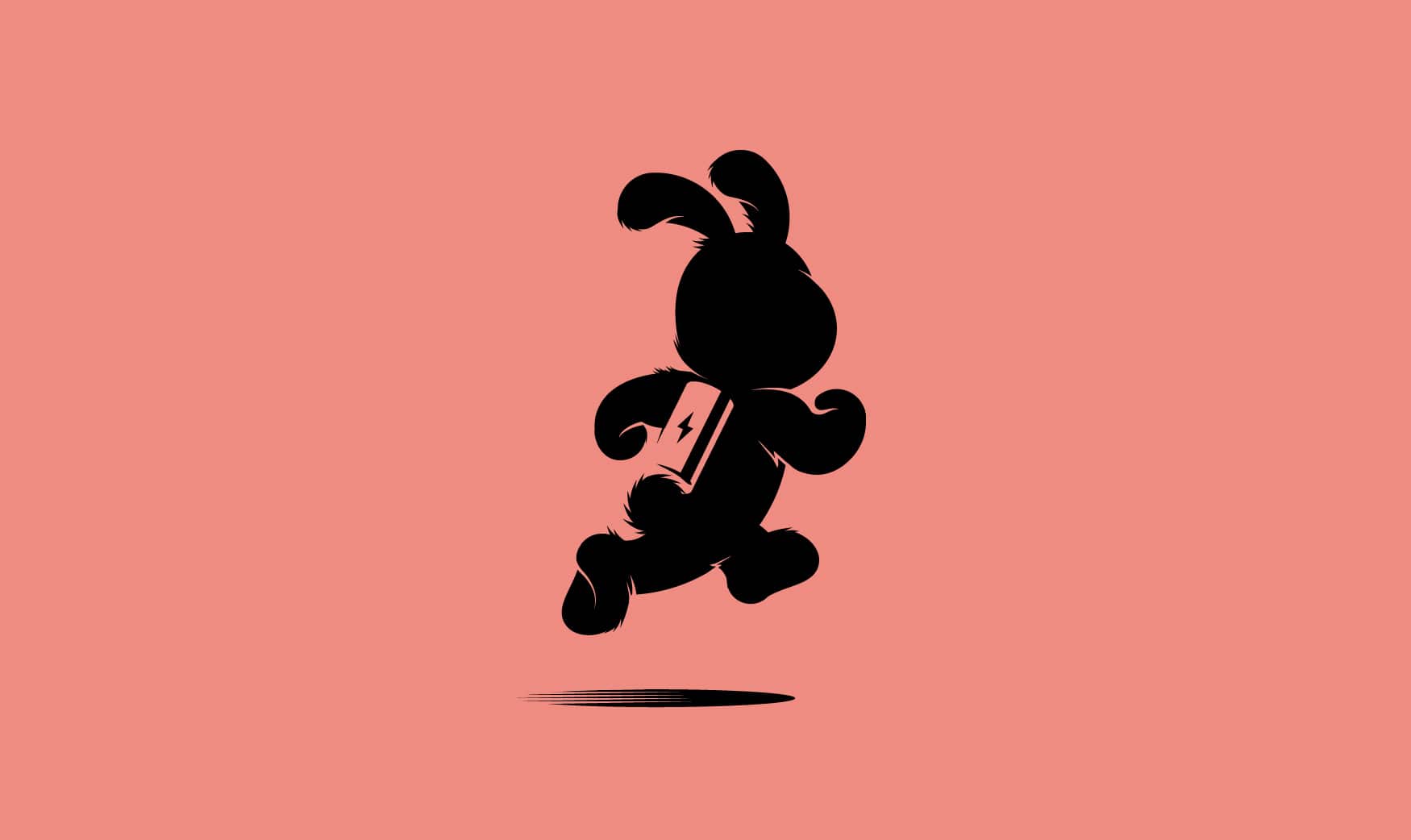Every company should utilise the power of a mascot. We’re not talking about a giant cheerleading teddy bear here, we’re talking about an avatar: an icon which is used to give a literal ‘face’ to your brand or logo design. If you get it right and people associate your brand with a likeable mascot, sales and recognition have the potential to go through the roof. From the friendly Michelin Man and rebellious Captain Morgan pirate to the trustworthy Churchill dog and cuddly Andrex puppy, animals and humans are used in many of the world’s best logo designs. And here’s why:

Mascot based logos are more personable
It’s human nature to Anthropomorphise things (attribute human form or personality to things not human) Almost every culture tells folk tales of animals that walk and talk like people. Part of the reason we do this is that it helps render inanimate objects more personable, it makes us feel better connected with them and the world around us- (Just think about the solace lonely Tom Hanks found in his Volley ball friend ‘Wilson’ in the movie Castaway)
When you give your brand a face you tap into this innate human desire. You’re effectively giving your company more than just an identity you are giving it a personality.
This means that people are much more likely to form personal attachments with your brand. We learn to trust a familiar face and we are much more likely to buy from companies that we trust.
Mascot based logos are more memorable.
When we develop a personal attachment to a brand it goes without saying that it has much greater staying power in our minds. A practical example of this is the insurance company ‘Compare the Market’ in the UK. Let’s face it, insurance is quite dull business and Compare the Market certainly had a name to match. The company did however have the good sense to recognise that it had a lacklustre brand and hatched a plan to fix it.
In 2008 they introduced a cute and cuddly Merekat mascot ‘Aleksandr’ along with a tagline which parodies their name ‘Compare the Merekat’.
By 2010 with the help of their cuddly new Ambassador the companies market share had rocketed by 76{44cca7f4264e26d874f0729c4a6201195eadd2d9005d407f79af304836415e4e} while competitor share has fallen by 30{44cca7f4264e26d874f0729c4a6201195eadd2d9005d407f79af304836415e4e} in the same period.
Compare the Market now enjoys the sort of brand recognition normally reserved for much more established companies. Of course there are numerous factors which contribute to their success. There can be no doubt though, Aleksandr helped plant Compare the Markets otherwise forgettable name in the hearts and minds of the people. If you need further evidence of this, just checkout the Merekat https://twitter.com/Aleksandr_Orlov on social media, at the time of writing he has over 840,000 likes on Facebook and nearly 32,000 Twitter followers- this the marketing power of a good mascot in action.
Mascot based logos have positive associations
If we look at some of the most popular animal mascots we can easily identify their positive traits. A bird for example, represents freedom and ambition, a monkey might say fun or playful and man’s best friend the dog is a symbolic of loyalty. If you effectively implement a mascot into your logo design, your brand will naturally inherit some of its best qualities.
Mascot based logos are more flexible
Depending on where they’re used, avatars can move, change and operate freely across various types of media, making them more flexible than traditional geometric logo designs. Most businesses have a preconceived idea that their logo should always be displayed uniformly, after all the key to good branding is consistency. This is true, however the power of a mascot is that it can adapt and change to a given situation without losing customer recognition, they give us more room to be creative without damaging the brand. Think about it, if your friend decides to change their hairstyle you still recognise them as the person you know and love. In the same way, when it comes to Christmas Duracell know very well that all those new toys will need lots of new batteries. It’s their time to shine, so roll out their loveable Bunny spokescreature donning a Santa hat just for fun. The bunny engages customers by celebrating Christmas with them without diluting the brand.
As a result we buy more Duracell batteries year on year than any other brand- no wonder that bunny has been running around since 1973!
Mascot based logos are more sociable
There’s no denying the increasing power of social media. A logo design which incorporates a brand mascot can take on the role of a spokesperson (or spokescreature) with their own social media pages. People don’t want to interact with faceless corporations they want to engage with people. By having a mascot as the face of your social media your business is able to take the tone of voice of a real person, you can even go as far to talk in first person. The American brand ‘Mr Clean’ does this well. Mr Cleans twitter account has thousands of followers who happily retweet his musings, such as “I clean therefore, I am”- nonsensical perhaps but it’s a fun approach to marketing and it certainly works.
Get it right and the power is yours.
Of course you should keep in mind when selecting a mascot it must be relevant to your brand and above all it should have it’s own unique personality.
Choose wisely and your new spokescreature will enable potential customers to better identify, remember and interact with your company. What’s more – unlike real spokespeople – their actions can never damage your brand image (and they’ll never ask you for a raise)
At Gorilla we help businesses find branding solutions on a daily basis. If you would like to know more about how you can harness the power of a mascot to help build your brand then get in touch here.

